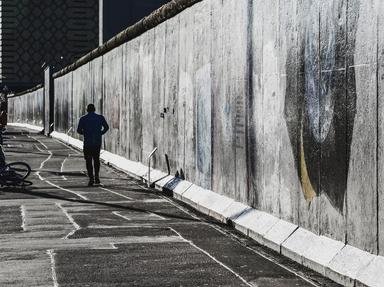Quiz Answer Key and Fun Facts
1. The term "41 for Freedom" refers to the first five classes the Navy's nuclear powered fleet ballistic missile submarines (SSBNs), which played a vital role in the United States' cold war deterrent strategy. What was the name of the very first of these submarines?
2. The main purpose of fleet ballistic missile submarines was what?
3. What year did the first Cold War deterrent patrol take place?
4. Ballistic missile submarines could be an effective deterrent only as long as they could operate undetected. What did they primarily rely upon to escape detection?
5. How many missiles did each submarine of the "41 for Freedom" carry?
6. In the Navy, what is the nickname for a fleet ballistic missile submarine?
7. A submarines are very complex pieces of machinery. Fleet ballistic missile submarines have the additional requirement of needing men to maintain and operate the missiles. What was the size of the crew on a typical fleet ballistic missile submarine?
8. The time each submarine spent at sea was called a patrol. How long did a typical fleet ballistic missile submarine patrol last?
9. Because it was necessary to keep fleet ballistic missile submarines at sea for as many days as possible, the Navy came up with a unique solution that allowed them to stay underway almost all the time. What was it?
10. Sailors who served on the "41 for Freedom" were given a special insignia to wear on their uniforms.
Source: Author
daver852
This quiz was reviewed by FunTrivia editor
bloomsby before going online.
Any errors found in FunTrivia content are routinely corrected through our feedback system.
